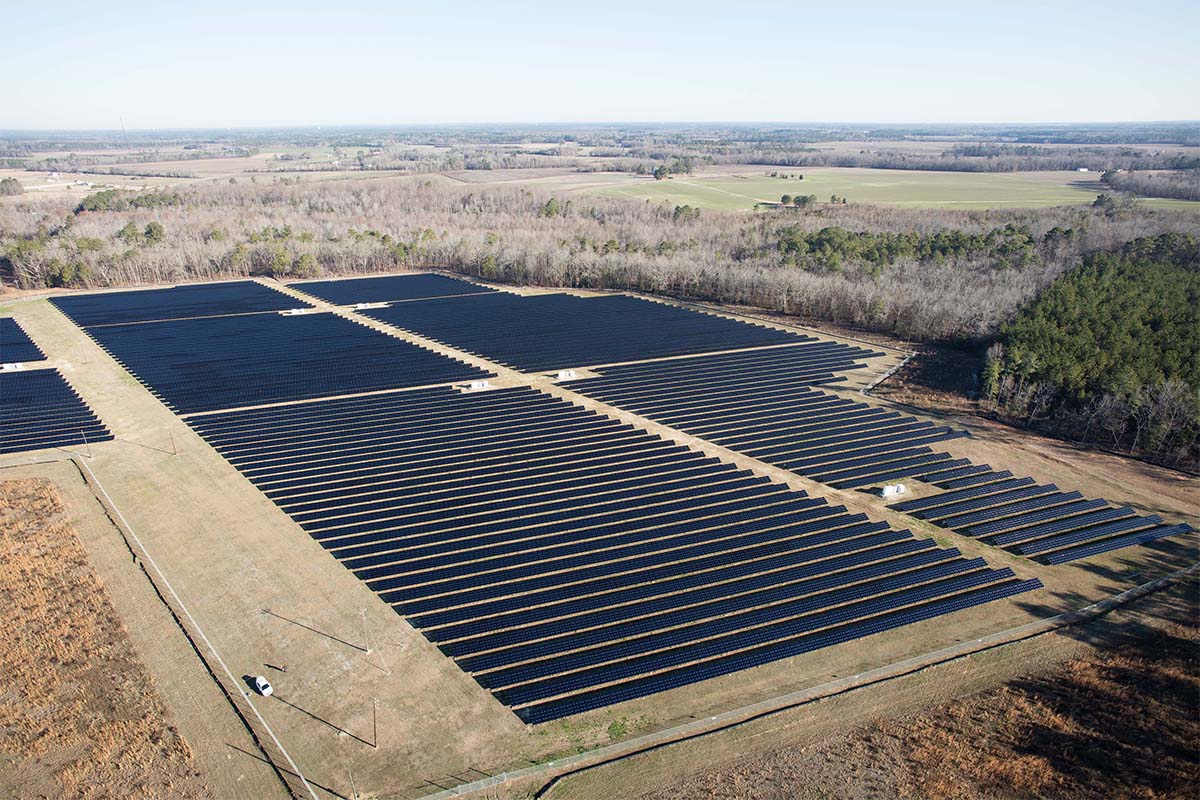Additionality You Can Count On
This is the final installment in the series, Additionality You Can Count On, from Colin Murchie. The series tackles the issue of additionality and transparent accounting for environmental claims. If you missed them, find the other parts below:
Part I: Additionality, Divisibility, and a Zen Koan
Part II: RECs, Double Counting, and Additionality
Part III: Renewable Energy, Market Transformation, and NASCAR
Part IV: Summing it All Up: Environmental Claims & Additionality for Modern Times
About the Author: Colin Murchie is Senior Director of Customer Energy Services at Sol Systems
Colin helps Sol Systems’ corporate and institutional customers navigate the wholesale markets to obtain utility-scale solar resources. Additionally, he oversees solar policy analysis and initiatives.
An Example in Practice - The “Front Flip”
You may be familiar with REC arbitrage situations, in which a corporate buyer hosting a solar system or buying the output of a wind farm may not have the RECs from that system, most likely due to a previous financing, and so replaces them with other credits – of differing verifiability, geography, specificity, etc. It’s an excellent means of retaining a strong and simple renewable claim.
There’s another, more sophisticated method in SREC “forward swaps.” In these, a customer facing an increasing internal renewables goal (say 50% by 2020), but with an economically tight project might consent to leave the first several years with a project developer who values them most highly and can even in some cases use them to support more leverage or tax equity on the project.
For the majority of the project’s life, however, the customer retains the claims – meaning that once the harder future year requirements start to bite, the project RECs are available to them. The resulting premium is very modest, as the initial year RECs, which can be underwritten at higher values, are used against project economics, while the harder to value out-year RECs are returned to the party who values them most.
The result can be effective out – year project -specific REC prices, even from solar projects, which resemble the national “Tier 1” type RECs that appear to be less in favor for most customers. A responsible customer would publicly disclose the entirety of the transaction by saying something like, “We are proud to purchase all the power from the Becquerel Plains solar power plant. For the first several years it will contribute to the renewable requirements of the great state of Tennessee, before serving our ever-increasing renewable goals.”
In sum, additionality is complicated, and it took us a four-part series and by my count 8 obscure metaphors to distill the most basic of information. Here are Sol Systems’ key takeaways:
- Additionality is divisible. Success has at least a few dozen mothers.
- RECs are a compliance and accounting tool. Don’t use them to answer philosophical questions.
- When faced with a complex claims situation on a renewable energy project, don’t agonize about who should get all the credit. Instead, think NASCAR, and divide it up.
- More transparency, not less, is the answer to customer disclosure concerns.
- Embrace shared-claim strategies like project REC forward swaps in corporate and institutional renewable energy procurements
- Seriously consider whether your next renewable energy project would benefit from true disclosure in a structured form of just who the major contributors were.
- For extra points, do this in the form of heavily sponsor-branded satin team jackets.
ABOUT SOL SYSTEMS
Sol Systems, a national solar finance and development firm, delivers sophisticated, customized services for institutional, corporate, and municipal customers. Sol is employee-owned, and has been profitable since inception in 2008. Sol is backed by Sempra Energy, a $25+ billion energy company.
Over the last eight years, Sol Systems has delivered 650MW of solar projects for Fortune 100 companies, municipalities, universities, churches, and small businesses. Sol now manages over $650 million in solar energy assets for utilities, banks, and Fortune 500 companies.
Inc. 5000 recognized Sol Systems in its annual list of the nation’s fastest-growing private companies for four consecutive years. For more information, please visit www.solsystems.com.



